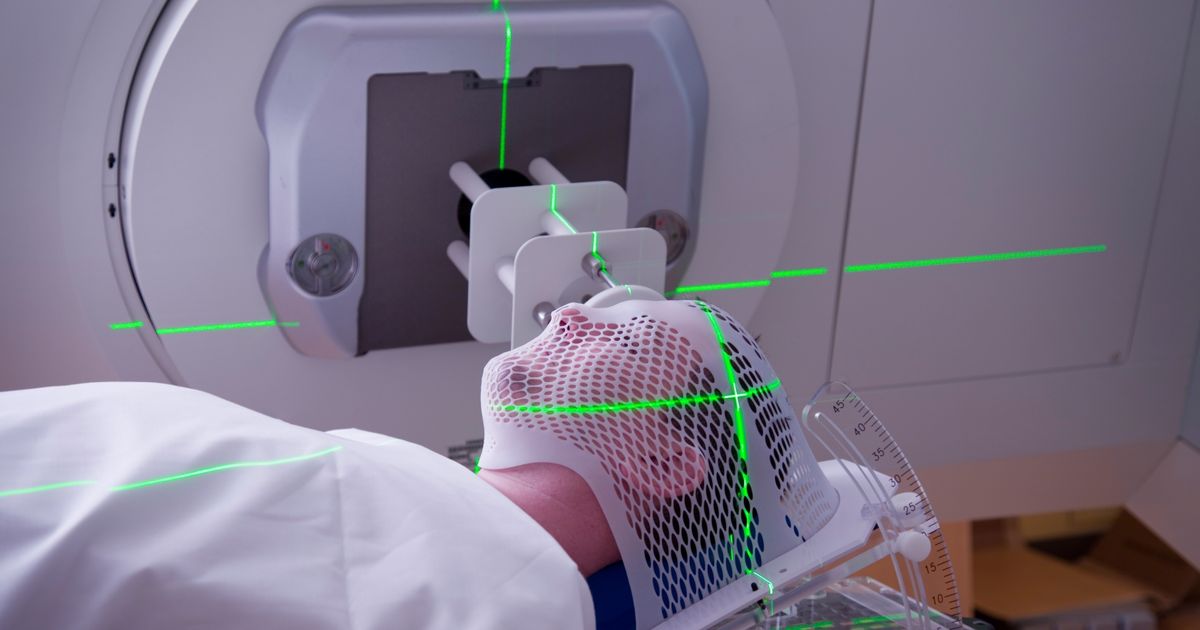Treatment Options For An Ependymoma
An ependymoma is a tumor that forms in the spinal cord or brain. The tumor begins in the ependymal cells of the nervous system. These cells line the passageways that allow cerebrospinal fluid to flow. Though an ependymoma can occur in patients of any age, most cases involve children. Patients might have seizures and headaches. The diagnosis of an ependymoma is done through a neurological exam, imaging tests, and a lumbar puncture. With a lumbar puncture, fluid is drawn from the spinal cord and tested for tumor cells. There are a few treatment options, with surgery generally being the first course of action. When tumors can't be removed completely, other treatment methods should also be used.
Get familiar with the major options for treating an ependymoma now.
Radiation Therapy

Radiation therapy is a process that uses high-energy beams, typically protons or x-rays, to kill a patient's cancer cells. A machine will direct beams to precise places throughout the brain. Radiation therapy might be recommended after a surgical operation to prevent tumors from recurring. It may also be recommended in cases where surgeons couldn't completely remove the tumor. Specialized techniques deliver radiation as accurately as possible to the cancer cells without harming the surrounding tissue. Radiation is a recommended treatment because it focuses only on the tumors, rather than flooding the entire body with radiation. When delivered in high doses, radiation slows the growth of cancer cells and kills them through damage to the DNA. The damaged cells then die because they can't reproduce, at which point the body naturally removes them. It takes several sessions before the cells become damaged enough to die.
Learn more about treating an ependymoma now.
Stereotactic Radiosurgery

Stereotactic radiosurgery, despite the name, is a radiation treatment rather than a surgical operation. This treatment focuses multiple radiation beams on precise points throughout the nervous system. In most cases, normal radiation will be recommended first. However, stereotactic radiosurgery is an ideal option in cases where the tumor recurs following both radiation and surgery. The main difference between traditional radiation treatment and stereotactic radiosurgery is the time it takes to be effective. Rather than waiting weeks for results, stereotactic radiosurgery provides results in just a few treatments. Medical professionals will first ascertain the location of the tumor, then high-precision machines are used to damage the cancer cells with an accuracy of one to two millimeters. Image-guided therapy helps confirm the ependymoma's location before and during the treatment.
Continue reading to reveal more ways to treat an ependymoma now.
